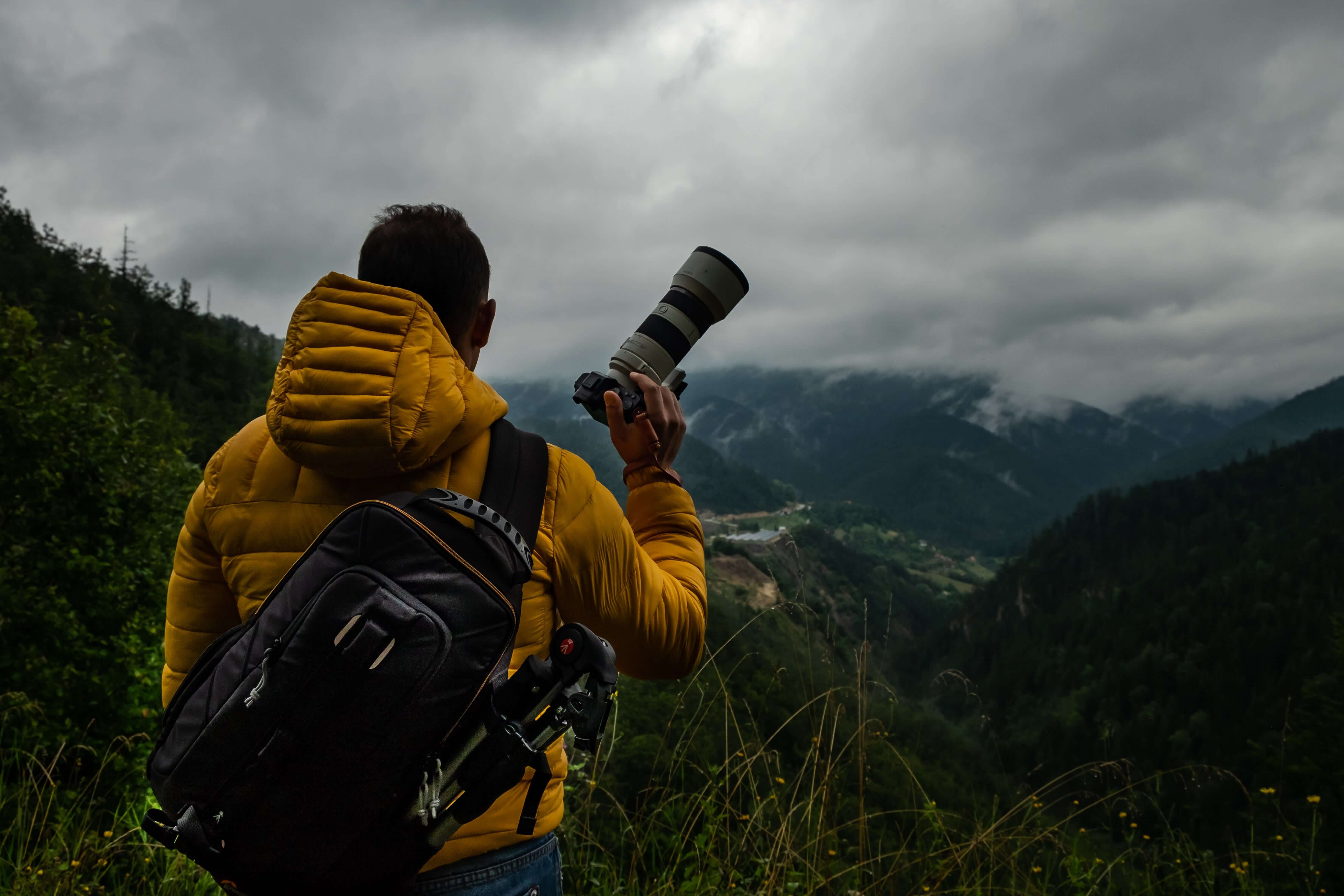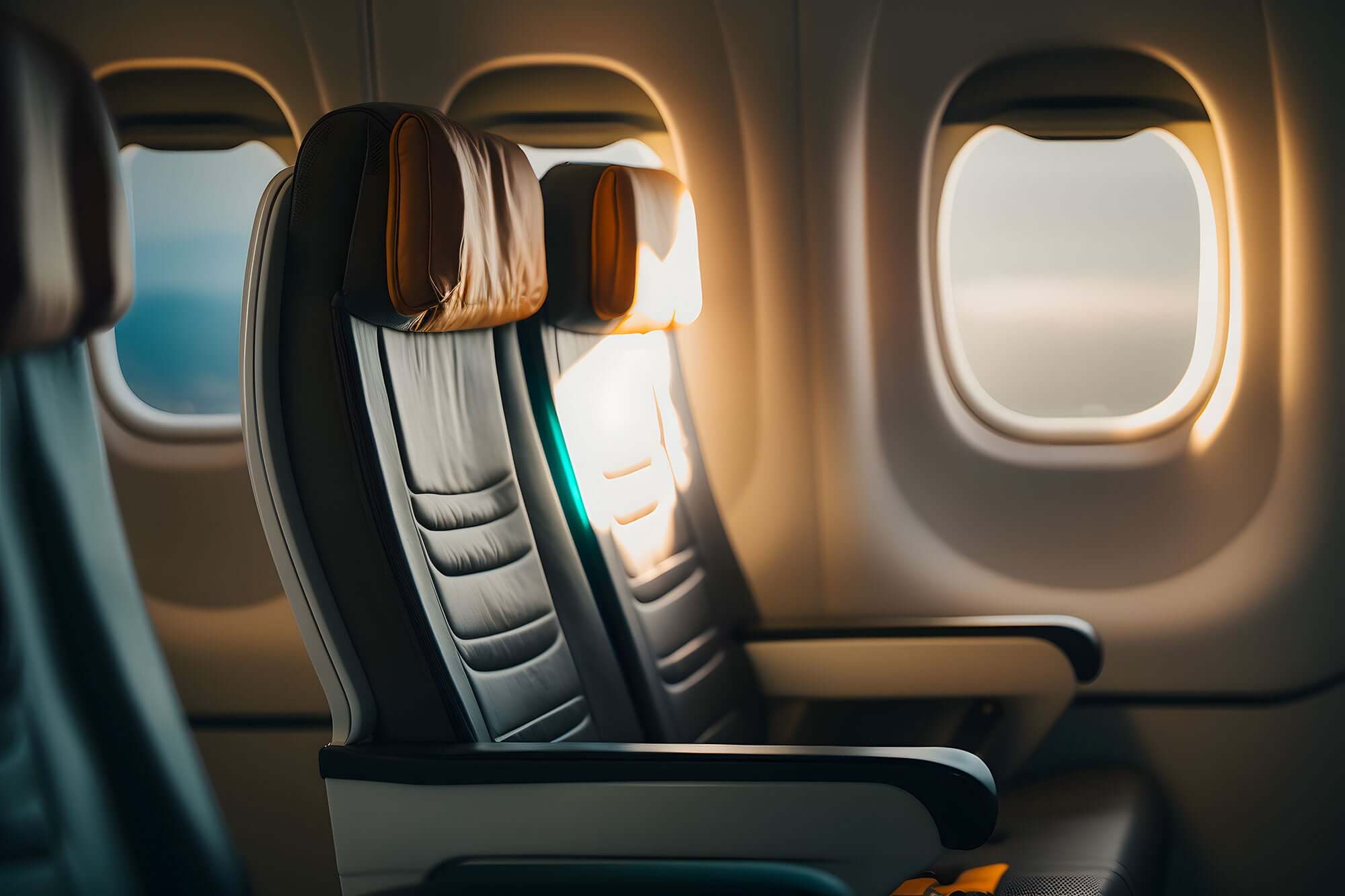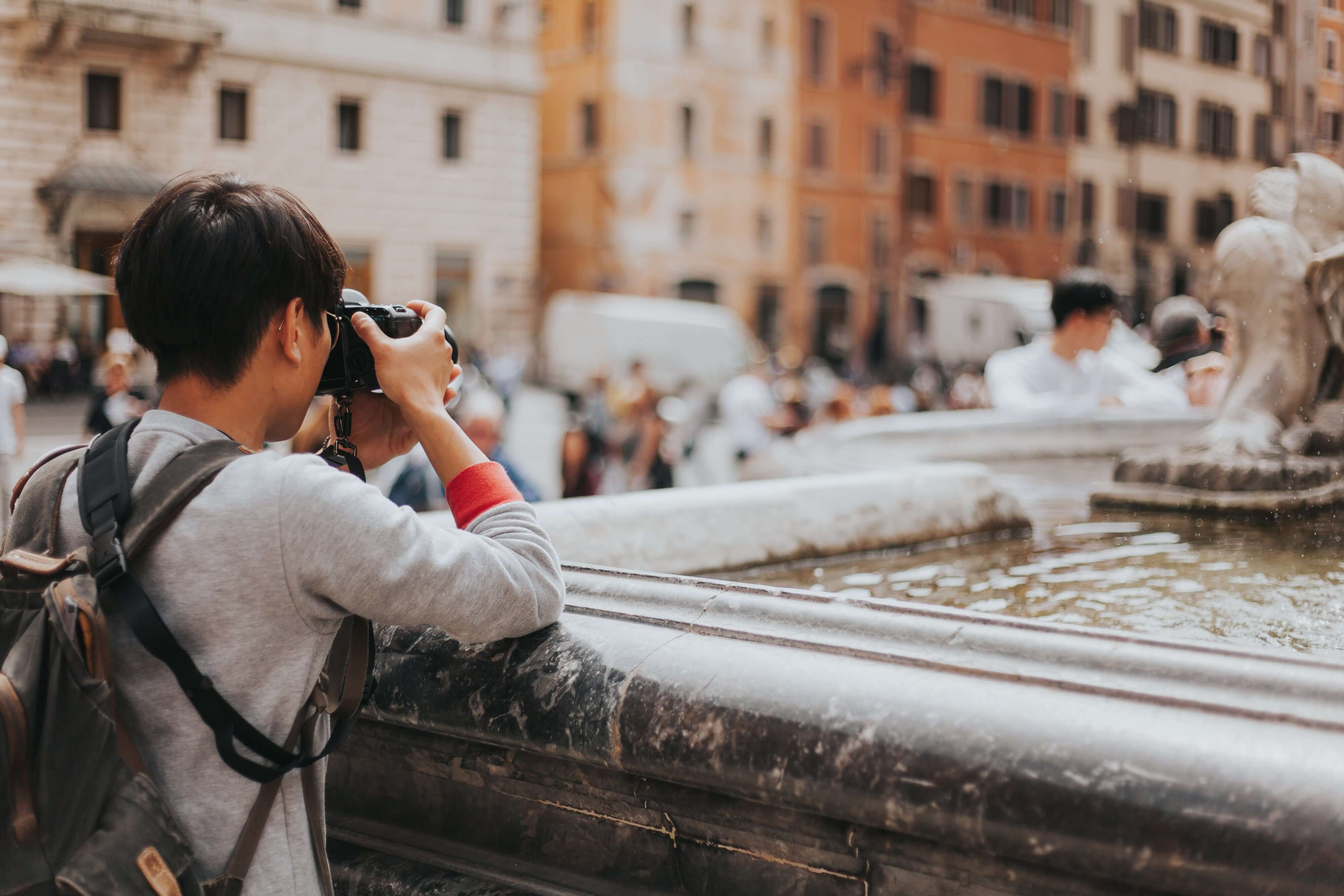
How to take good photos in bad weather
Bad weather photography is not for everyone. When the skies remain gray, damp patches of fog envelop the landscape, it's constantly raining, or freezing cold sets in, many photographers fundamentally lack the incentive to go outside. But the proverbial saying "There's no such thing as bad weather, just the wrong clothes!" proves especially true for photo enthusiasts who want to explore the huge potential of bad weather photography for themselves. Grab your camera just in case of dreary weather and go in search of unique, atmospheric photo motifs. With the right weatherproof and warm clothing, you'll be perfectly equipped even for longer stays outdoors. But your camera equipment also absolutely needs sufficient protection from penetrating moisture and wetness. Discover the extra-beautiful sides of photography in a not-so-comfortable weather period with our advising hints for good photos in bad weather. When stalking unusual photo subjects, the uncomfortable weather quickly becomes a minor issue.
Photography in the rain or directly after the rain shower
Especially photography in the rain or after a heavy shower offers you masses of wonderful motifs for brilliant photos. No matter if it is about urban photography or nature and landscape shots. The attraction of freshly fallen raindrops on plant leaves and stalks or on glass surfaces alone is an almost endless source of inspiration for photographers. Great macro shots can be achieved here with the right lens. But puddles and rain-soaked surfaces with their reflections of buildings, people or other objects are also welcome photo motifs. There are hardly any limits to the choice of motifs for photography in the rain. Portrait shots with umbrellas can be realized in many different ways. Kids jumping into puddles with rubber boots give you the opportunity for incomparably authentic snapshots with cheerful lightheartedness. If you go through a rainy day with an alert eye, the variety of photo motifs will surely inspire you a lot.
You will also find the right camera bag for your equipment and everything you need to protect your camera in our Oberwerth Shop. From classic camera bags to modern sling bags up to noble photo messengers and backpacks. Of course you will also find hand straps and shoulder straps. Finest handmade from the best materials. Feel free to look around and find the bags & accessories that best suit you and your equipment!
With regard to the optimal camera settings, partial experimentation is required. As always in photography, this largely depends on the ambient light and the desired effects. Taking a tripod with you will reduce the risk of camera shake in difficult lighting conditions. To avoid moisture penetration and corrosion damage to the camera, reliable camera protection is an essential aspect that you should not neglect under any circumstances. If necessary, you can also use a soft microfiber cloth to wipe off any raindrops that get on the lens. How moisture-protected and waterproof your camera body and lenses are ultimately equipped varies greatly from manufacturer to manufacturer and depending on the camera model.
Snow photography tips for photographing winter's white splendor
A white snowy landscape enchants in an imaginary way and holds plenty of magical image subjects to photograph. However, the snowy scenery changes the color tones of the surroundings due to the predominant white. While our eye is able to automatically adjust in color perception, the camera needs white balance in these conditions. It is recommended to set the image quality to RAW because, as an uncompressed and lossless image format, it leaves the best possible options open later in the post-processing of the photographs. Snow photography has its special challenges. As a matter of principle, the following applies to the exposure settings: it is better to photograph slightly underexposed than overexposed, because what is missing from the image information due to overexposure from the outset can hardly be repaired afterwards. However, subsequent photo brightening is possible without complete loss of contours. Snow reflects a lot of light - especially in sunshine. Some photographers therefore consider the use of a lens hood or ND filter (neutral density filter) indispensable. This is where opinions differ. Others do not want to do without the resulting effects of lens flares and aperture spots. Ultimately, you decide what is important to you. Either way, you'll get wonderful snow photos. Details like snow crystals, icicles or complete fairy-tale winter landscapes: snow photography is worthwhile at any time of day. Sunrises, sunsets or the blue hour unfold particularly interesting contrasts through glittering snow.
Photography in challenging weather
Anyone who puts their camera aside in bad weather misses out on so many excellent photo opportunities for exceptional, unique photos with constantly changing moods that classic fair-weather pictures don't include. Granted: The demands on photography are becoming somewhat greater. But especially for amateur photographers, it's a chance to learn to master the coordination between ISO value, aperture and exposure time better and better. And the later joy of the atmospheric photo results certainly makes up for the necessary extra effort in terms of preparations for a photo excursion in harsh weather conditions. With functional outdoor clothing that effectively protects you from adverse weather conditions and a few additional components that make your camera weatherproof, you can quickly expand your photography by several interesting dimensions. Maybe the changeable weather will even bring you a beautiful rainbow in between. From dramatic cloud formations to mystical-looking fog to breathtaking snowy landscapes, you have a rich palette of challenging photo subjects full of vibrancy at your disposal. If you've lost your heart to challenging photography, you don't want to miss out on these spectacular opportunities. What does a little bad weather matter? Just meet the demands of the weather in a way that makes you feel comfortable anyway!
Optimal conditions for weatherproof photography
Weatherproof clothing is just as important as photo equipment packed with protection. Neither the photographer nor the camera equipment should suffer when it comes to shooting in foul weather or frosty temperatures. For example, a waterproof photo backpack, a self-created or purchased camera rain cover, microfiber cloths for rubbing dry, and dry bags filled with silica or silica gel for the photo bag can be used to fully protect the camera from damage caused by moisture. For example, if heavy rain or sudden snowfall catches you by surprise, you shouldn't have to pack it away right away. For photographers, wind- and water-repellent outdoor clothing is essential so that they don't have to abandon their photo tour prematurely, drenched and freezing. Warming pads in the jacket pockets are suitable for fingers that have become numb due to the cold, as they keep the hands warm or warm them up again quickly. There are also special photographic gloves with hinged ends for the thumb and index finger that do not impair the sense of touch while operating the camera. The thermos bottle with a hot drink of your choice that you take with you provides additional warmth for your body in between shots. Weatherproof photography, in which you can brave wind, rain, snow and cold without any problems, is ultimately always a question of the right equipment and your personal attitude to the fascinating aspects of the weather. Real life is not all sunshine, and emotionally moving photography is certainly not!

